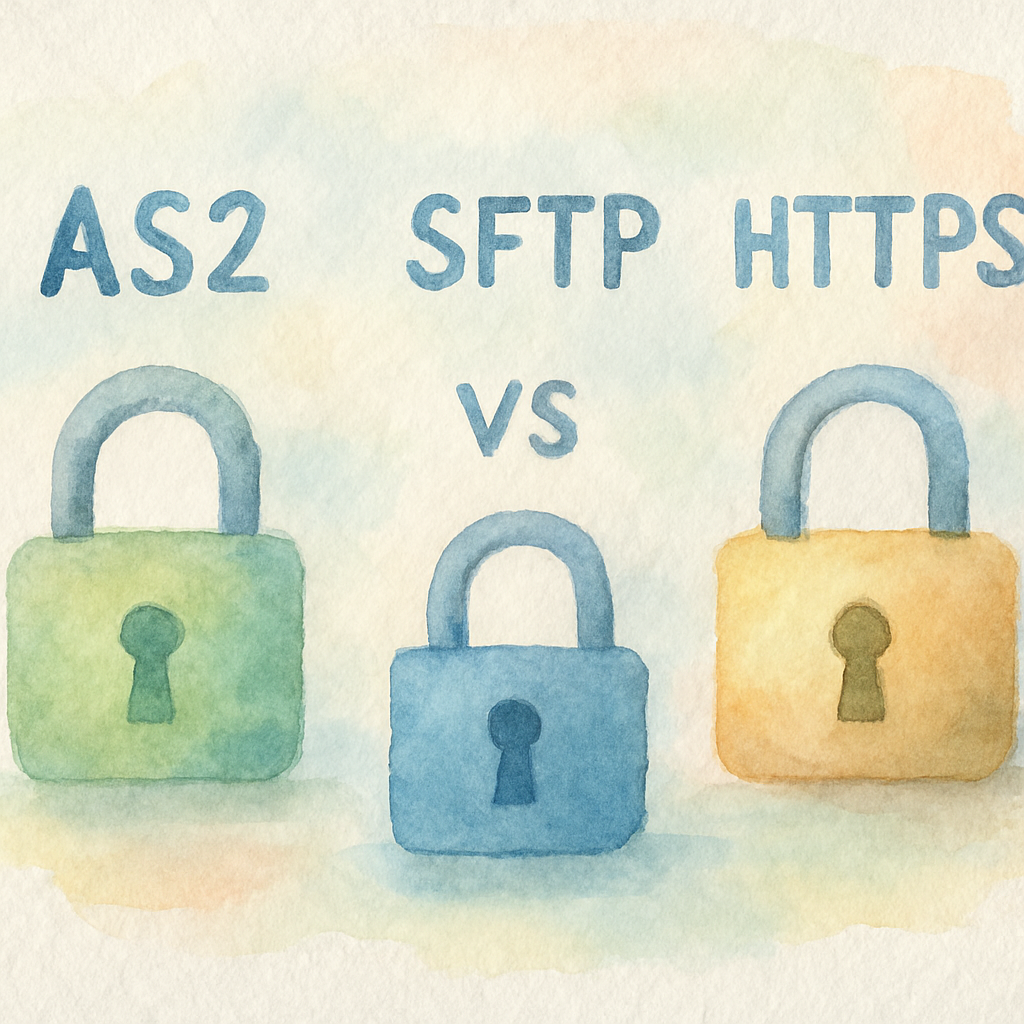
EDI was born in logistics. In the 1960s, the technology, we now know as Electronic Data Interchange (EDI), began developing. Railroad and trucking companies used electronic messaging to expedite transportation and freeing labor hours that transportation companies dedicated to more pressing tasks. The obvious problem with different companies communicating electronically quickly became apparent: companies had differing formats with essential logistics documents bottlenecking the new means of communication. The need to develop document and data standards became critical. Electronic messaging evolved into EDI.
In the 1980s, EDI grew beyond the transportation industry and into the retail sector. Major retailers (e.g. Sears, Walmart) understood and began taking advantage of the inherent benefits EDI offered. EDI became especially vital for the many retailers that relied on transportation from warehouses to replenish their inventories. Now every major retailer uses EDI for optimizing logistics.Businesses rely on EDI to communicate with many of their trading partners and industry leaders often require trading partners to implement EDI into their infrastructure to manage the flow of purchasing and receiving. The computer-to-computer exchange of documents and data eliminates the need for manual operations such as faxing, emailing, and, of course, mail.Freighting invoices, purchase orders, ship notices, shipment statuses, advance ship notices, are a small sample of the documents sent through EDI. Moving this data in standardized formats (known as “standards,” e.g. ANSI X12) provides the ability for people to read and understand the data moving through the computer-to-computer process that is EDI.
While the many, many labor hours saved utilizing EDI cannot be understated, other benefits are experienced as well:• EDI brings errors introduced through manual entry to a minimum• EDI is much faster and more efficient than manual systems• EDI can operate 24 hours a day• EDI significantly reduces paper and print supplies• Data and documents are easier retrieved and more visible within EDI• Inventory is more easily managed• EDI optimizes communication between trading partnersAlthough big businesses have experienced the many benefits of managing logistics via EDI for many years, companies of any size may experience the benefits as well, regardless of their technological capabilities.
Both industry leaders and small companies often outsource their EDI services to Value-added Networks (VANs).
EDI VANs handle all the complexities that come with EDI. A company will set up a profile with their new VAN, and the VAN does the rest. The EDI VAN will contact other VANs, configure protocols (e.g. AS2), test communications between trading partners, and provide a platform for the company to see the data being processed and to retrieve previously transmitted data and documents. Outsourcing EDI to VANs also allows businesses to focus more on managing their business, rather than their logistics. EDI VANs simplify logistics and make the process transparent. VANs provide data-flow visibility, without the need for the company to allocate substantial time managing their EDI service.

Master EDI protocol selection. From AS2 digital certificates to SFTP simplicity, find the best way to connect with 3PLs and retailers. Streamline your manufacturing EDI and lock in predictable pricing with BOLD VAN.

Tired of juggling different EDI specs for Target, Walmart, and Amazon? Centralize your 850s, 856s, and 810s into a single secure flow. No mailbox fees, no setup fees—just predictable, scalable retail EDI growth.

Master AS2 certificate management in under 15 minutes. Learn how to generate, plug in, and rotate EDI certificates with zero downtime. Avoid costly supply chain disruptions and keep your B2B transactions secure with expert tips from BOLD VAN.